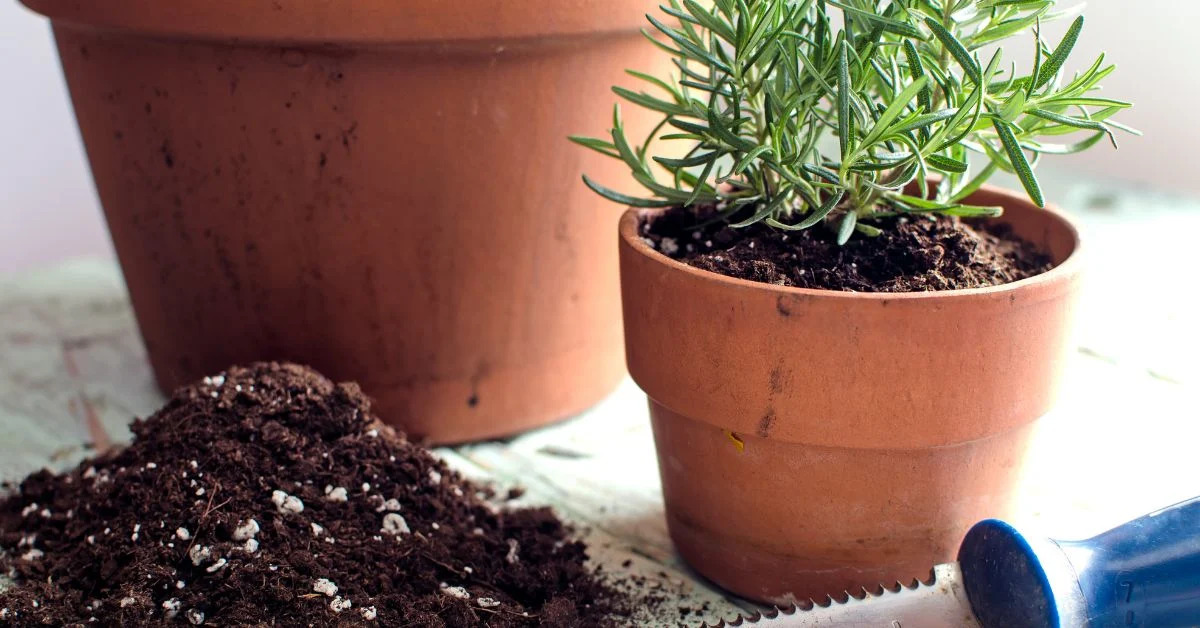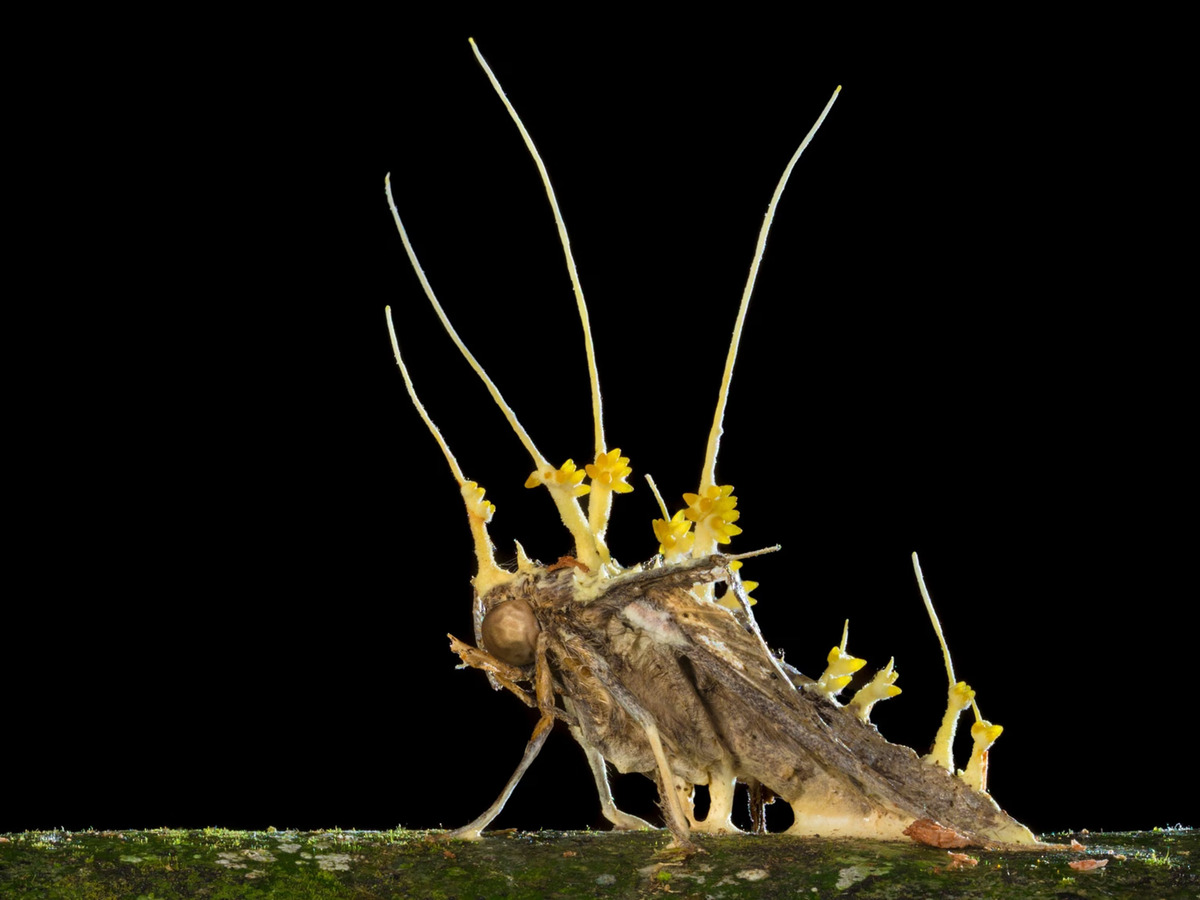Home>Gardening Basics>Understanding Soil>What Does Tilling Do To Soil


Understanding Soil
What Does Tilling Do To Soil
Published: February 9, 2024
Learn how tilling impacts soil structure and health. Gain a deeper understanding of soil and its response to tilling. Discover the effects of tilling on soil composition and fertility.
(Many of the links in this article redirect to a specific reviewed product. Your purchase of these products through affiliate links helps to generate commission for Chicagolandgardening.com, at no extra cost. Learn more)
Table of Contents
Introduction
Understanding the Impact of Tilling on Soil Health
Tilling, a fundamental practice in agriculture for centuries, involves the mechanical manipulation of soil to prepare it for planting crops. This method is commonly used to control weeds, loosen the soil, and incorporate organic matter. While tilling has been a traditional approach to soil management, its long-term effects on soil health have come under scrutiny in recent years.
The process of tilling can significantly alter the structure, composition, and overall health of the soil, impacting its ability to support plant growth and sustain ecological balance. Understanding the implications of tilling on soil health is crucial for sustainable agricultural practices and environmental conservation.
As we delve into the effects of tilling on soil structure, the impact on soil microorganisms, soil erosion, and nutrient loss, it becomes evident that this age-old practice has far-reaching consequences. By exploring the intricate relationship between tilling and soil health, we can gain valuable insights into the sustainable management of agricultural land and the preservation of our natural resources.
Definition of Tilling
Tilling, also known as plowing or cultivation, refers to the mechanical manipulation of soil to prepare it for planting and to manage weed growth. This process typically involves the use of implements such as plows, harrows, or cultivators to break up the soil, remove weeds, and incorporate organic matter. The primary objectives of tilling are to create a suitable seedbed, improve soil aeration, and facilitate water infiltration.
Traditional tilling methods often involve turning over the top layer of soil, known as the topsoil, to bury weeds and crop residues. This practice is aimed at promoting seed germination, root development, and the overall growth of crops. Additionally, tilling is employed to mix organic materials, such as compost or manure, into the soil to enhance its fertility and structure.
While tilling has been a cornerstone of agricultural practices for centuries, modern techniques and equipment have evolved to minimize soil disturbance and promote conservation tillage. Conservation tillage methods, such as no-till or reduced tillage, aim to disturb the soil as little as possible, preserving its structure and minimizing erosion. These approaches prioritize the maintenance of soil health and the reduction of environmental impact while still achieving effective weed control and seedbed preparation.
Understanding the various methods and objectives of tilling is essential for farmers and land managers seeking to balance the immediate benefits of soil preparation with the long-term preservation of soil health and ecological sustainability.
Effects of Tilling on Soil Structure
When soil is tilled, the mechanical action disrupts its natural structure, leading to several significant effects. One of the primary impacts of tilling on soil structure is the breakdown of soil aggregates. These aggregates, composed of soil particles bound together by organic matter and microbial activity, play a crucial role in maintaining soil porosity, water infiltration, and nutrient retention. Tilling can disrupt these aggregates, reducing soil stability and increasing susceptibility to compaction and erosion.
Furthermore, the mixing and overturning of soil layers during tilling can lead to the stratification of soil particles, altering the distribution of organic matter, nutrients, and microorganisms. This disruption can hinder the natural processes that contribute to soil fertility and overall ecosystem balance. In addition, tilling can accelerate the decomposition of organic matter by exposing it to increased oxygen levels, potentially leading to the loss of valuable soil carbon and nutrients.
Another consequence of tilling on soil structure is the destruction of soil pore networks. Soil pores, varying in size and shape, facilitate the movement of air, water, and roots within the soil profile. Tilling can compact the soil and collapse these essential pore spaces, impeding drainage, aeration, and root penetration. As a result, the soil’s ability to support healthy plant growth and sustain biological activity may be compromised.
It is important to note that while tilling can initially create a loose and friable seedbed, the long-term effects on soil structure may lead to diminished soil quality and resilience. Understanding these structural changes is crucial for implementing sustainable soil management practices that mitigate the negative impacts of tilling while promoting soil health and productivity.
Impact of Tilling on Soil Microorganisms
The practice of tilling exerts a profound influence on the diverse community of microorganisms that inhabit the soil. These microorganisms, including bacteria, fungi, protozoa, and nematodes, play a critical role in nutrient cycling, organic matter decomposition, and the overall health of the soil ecosystem. However, the mechanical disruption caused by tilling can significantly impact the abundance, diversity, and activity of these essential soil inhabitants.
One of the primary effects of tilling on soil microorganisms is the disturbance of their habitats and the disruption of microbial communities. The physical disturbance of soil through tillage can alter the distribution of microorganisms, disrupt their symbiotic relationships with plant roots, and reduce their overall abundance. This disturbance can lead to a decline in microbial diversity and functional redundancy, potentially impacting the soil’s resilience to environmental stressors and its capacity for nutrient cycling.
Furthermore, the exposure of soil microorganisms to increased oxygen levels as a result of tilling can influence their metabolic processes and survival. Aerobic microorganisms, which thrive in oxygen-rich environments, may experience a temporary surge in activity following tillage, while anaerobic microorganisms may suffer due to the disruption of their preferred microsites within the soil. This fluctuation in microbial activity can impact nutrient availability, organic matter decomposition, and the overall stability of the soil ecosystem.
Additionally, the disruption of soil aggregates and organic matter caused by tilling can alter the availability of carbon and energy sources for soil microorganisms. The accelerated decomposition of organic matter due to increased aeration and soil disturbance can lead to fluctuations in nutrient availability and microbial activity. This, in turn, can affect the balance of soil microbial communities and their contributions to soil fertility and plant health.
Understanding the intricate relationship between tilling and soil microorganisms is essential for implementing soil management practices that support microbial diversity, activity, and resilience. By considering the impact of tilling on these vital soil inhabitants, farmers and land managers can strive to maintain a healthy and balanced soil ecosystem while meeting agricultural production goals.
Soil Erosion and Tilling
The relationship between tilling and soil erosion is a critical consideration in agricultural land management. Soil erosion, the process by which soil is displaced and transported by natural forces such as water, wind, or tillage, poses significant challenges to soil conservation and sustainable agriculture. Tilling, while initially intended to prepare the soil for planting, can exacerbate the risk of erosion through various mechanisms.
One of the primary ways in which tilling contributes to soil erosion is through the disruption of soil structure and the reduction of surface cover. When the soil is tilled, its natural aggregates and pore spaces are disturbed, leading to decreased soil stability and increased susceptibility to erosion. Additionally, the exposure of bare soil surfaces following tillage provides little protection against the erosive forces of wind and water, increasing the likelihood of soil detachment and transport.
Moreover, the creation of furrows, ridges, and seedbeds during tilling can alter the natural flow pathways of water across the landscape. This disturbance to surface water movement can lead to increased runoff and soil detachment, further contributing to erosion. The compaction of soil resulting from tilling can also impede water infiltration, leading to surface runoff that carries away valuable topsoil and nutrients.
Furthermore, the removal of crop residues and organic matter during tilling can diminish the protective cover and binding agents that help prevent soil erosion. These materials, when left undisturbed on the soil surface, serve as a physical barrier against erosive forces and promote the formation of stable soil aggregates. However, their disturbance through tilling can compromise their effectiveness in safeguarding the soil from erosion.
Understanding the link between tilling and soil erosion is essential for implementing erosion control measures and conservation practices. Conservation tillage methods, such as reduced tillage or no-till, aim to minimize soil disturbance, maintain surface cover, and preserve soil structure, thereby reducing the risk of erosion. By carefully managing the impact of tilling on soil erosion, farmers and land managers can work towards sustainable soil conservation and the preservation of valuable agricultural land.
Nutrient Loss and Tilling
The practice of tilling can have significant implications for nutrient dynamics within the soil, potentially leading to the loss of essential elements vital for plant growth and ecosystem function. The disruption caused by tilling can affect nutrient retention, availability, and cycling, influencing the overall fertility and productivity of agricultural soils.
One of the primary mechanisms through which tilling can contribute to nutrient loss is through the accelerated decomposition of organic matter. When the soil is tilled, organic residues are exposed to increased oxygen levels, stimulating microbial activity and decomposition processes. This heightened decomposition can lead to the rapid mineralization of organic matter, releasing nutrients such as nitrogen, phosphorus, and sulfur into forms that are susceptible to leaching or runoff.
Furthermore, the disruption of soil structure and aggregates during tilling can compromise the soil’s ability to retain essential nutrients. Soil aggregates play a crucial role in binding and stabilizing nutrients, preventing their loss through leaching or erosion. Tilling can disrupt these aggregates, leading to a decline in nutrient retention and an increased risk of nutrient transport away from the root zone.
In addition, the exposure of bare soil following tilling can lead to increased nutrient runoff, particularly in areas prone to heavy precipitation or surface water movement. Nutrients applied as fertilizers or organic amendments may be vulnerable to loss through surface runoff, diminishing their availability for plant uptake and contributing to environmental pollution in nearby water bodies.
It is important to note that while tilling can initially promote the mixing of nutrients within the soil profile, the long-term consequences may lead to uneven distribution and potential losses. The disturbance caused by tilling can disrupt nutrient cycling processes, affecting the balance of essential elements and potentially impacting plant nutrition and ecosystem stability.
Understanding the relationship between tilling and nutrient loss is crucial for implementing nutrient management strategies and conservation practices. By adopting soil conservation measures and nutrient-efficient agricultural practices, farmers and land managers can mitigate the negative impacts of tilling on nutrient dynamics, promoting sustainable soil fertility and environmental stewardship.
Conclusion
As we explore the multifaceted effects of tilling on soil health, it becomes evident that this traditional agricultural practice has far-reaching implications for soil structure, microbial communities, erosion, and nutrient dynamics. The mechanical disruption caused by tilling can alter the physical, chemical, and biological properties of the soil, influencing its capacity to support plant growth and maintain ecological balance.
While tilling has historically been employed to prepare the soil for planting and manage weed growth, the long-term consequences of this practice on soil structure are noteworthy. The breakdown of soil aggregates, alteration of pore networks, and disruption of organic matter can compromise soil stability, water infiltration, and nutrient retention. These structural changes can diminish the resilience and productivity of the soil, highlighting the need for sustainable soil management practices that minimize soil disturbance and promote conservation tillage methods.
Furthermore, the impact of tilling on soil microorganisms underscores the intricate relationship between soil disturbance and microbial diversity, activity, and functional resilience. The disruption of microbial habitats, fluctuations in oxygen levels, and alterations in carbon availability can influence nutrient cycling, organic matter decomposition, and overall soil ecosystem health. Understanding these dynamics is crucial for maintaining a balanced and resilient soil microbial community that supports agricultural productivity and environmental sustainability.
The link between tilling and soil erosion highlights the importance of implementing erosion control measures and conservation practices to mitigate the risk of soil displacement and loss. By minimizing soil disturbance, preserving surface cover, and maintaining soil structure, farmers and land managers can work towards sustainable soil conservation and the preservation of valuable agricultural land.
Finally, the implications of tilling on nutrient dynamics emphasize the need for nutrient-efficient agricultural practices and nutrient management strategies. The accelerated decomposition of organic matter, disruption of soil aggregates, and increased nutrient runoff following tilling underscore the potential for nutrient loss and environmental impact. By carefully managing nutrient inputs, promoting soil conservation, and adopting sustainable agricultural practices, the negative effects of tilling on nutrient dynamics can be mitigated, supporting soil fertility and environmental stewardship.
In conclusion, understanding the complex interactions between tilling and soil health is essential for promoting sustainable agriculture, preserving natural resources, and ensuring the long-term productivity of agricultural lands. By prioritizing soil conservation, biodiversity, and nutrient management, farmers and land managers can work towards a harmonious balance between agricultural production and environmental stewardship.




